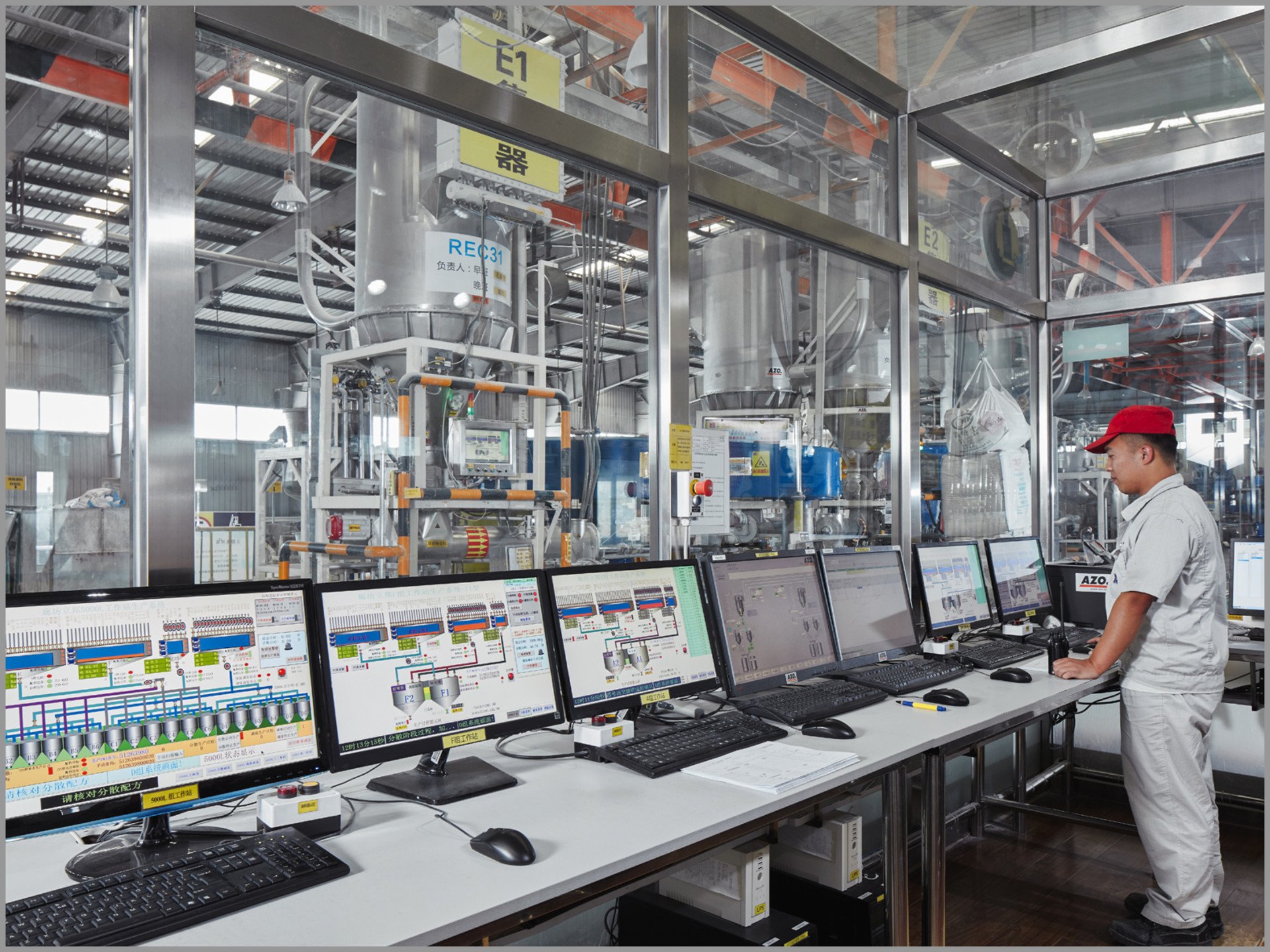
Legacy control systems pose a particular dilemma for managers in manufacturing facilities: Can a control system be upgraded, or is an entirely new control system needed? Before such a decision can be made, the manager should first investigate all the options available.
In this AZO blog post we will explain the difference between a control system upgrade and a full-blown replacement. We will then explain a concept we call, technical debt, which is the cost of an investment not made.
Upgrades are cheaper than Replacements
It’s not unusual to replace system components that stop working or are obsolete. It is, though, a little more complicated when a PLC needs to be replaced. If you replace it with the same model number and firmware version, it would be considered a replacement. If the model is the same, but the firmware version is new (with a higher number), we consider that an upgrade.
Generally upgrades involve replacing equipment or software with a newer version, which will likely provide added functionality, such as improved cybersecurity. Most software changes should be considered upgrades as they generally include new/higher release numbers.
Release numbers make it easy for managers to know if their control system is up-to-date or not. Upgrades that involve a small numeric jump (release 7.0 to 10.0, for example) might be done easily. Upgrades involving large numeric jumps (release 3.0 to 10.0, for example) might require multiple steps to accomplish. Hardware issues could also block software upgrades if legacy equipment can’t support new software releases.
This is the most-common reason why an entire control system must be upgraded. In this worst-case scenario, most of the hardware and software is removed and replaced with new. While this can be costly, it generally brings many benefits.
Added functionality, more storage capacity and improved security are just some of the potential benefits of replacing an obsolete control system with a brand new, up-to-date, system. Ultimately, you should talk to the manufacturer or an independent integrator to know if your legacy control system can be upgraded or needs total replacement.
Control system replacement is a big step – both financially and operationally. It’s completely understandable for an owner to have hesitations about replacing what appears to be a well-running legacy control system.
The old adage “If it ain’t broke…” is a compelling argument, but the simple truth is that reliable production – and ultimately your organization’s bottom line – depends on the efficiency and reliability of its control systems.
Technical debt is the cost of an investment not made
Avoiding control system upgrades or replacements does come at a cost. We call this cost a technical debt — the cost of an investment not made. The common belief is that doing nothing has no cost but what is the potential cost of a total control system failure?
If the failure can’t be repaired due to obsolete software or hardware, what is the cost of an extended production shutdown? In these days of low inventories, lost production means lost sales. The technical debt of not replacing that ‘old reliable’ legacy control system could easily run into excessive downtime and ultimately lost sales and severe loss of revenue.
Replacements due to failure are simple decisions, while the decision to upgrade is more complicated and expensive. It’s always easier to assume that what has worked in the past will continue to work in the future. Continued reluctance to keep equipment current increases your technical debt.
When that debt balance becomes disproportionate, a complete production line failure becomes more expensive in kind. A total control system failure might be considered a ‘black swan’ event (low probability but very high cost), but is the risk worth it?
Reluctance to keep control systems up to date will ultimately reduce production efficiency, as ability to make future improvements or upgrades becomes increasingly limited as time passes. To truly understand how you can improve efficiency and what benefits are possible with a new control system, you should consider changing the status quo.
Want To Know More?
If you would like to know about dealing with legacy control systems, we offer a free downloadable guide that covers basic control system terminology as well as more advanced concepts that we call intuitive control system design.
Contact Us To Discuss Material Handling
If you’d like additional information concerning bulk material handling or pneumatic conveying, feel free to contact the engineers at AZO. We have more than seven decades of experience in handling raw materials and ingredient automation. BCI has over 25 years of experience designing, building and installing integrated control systems specifically in AZO automated material conveying systems.
Both AZO and BCI publish content full of information related to pneumatic conveying, ingredient automation and the equipment both companies manufacture.


